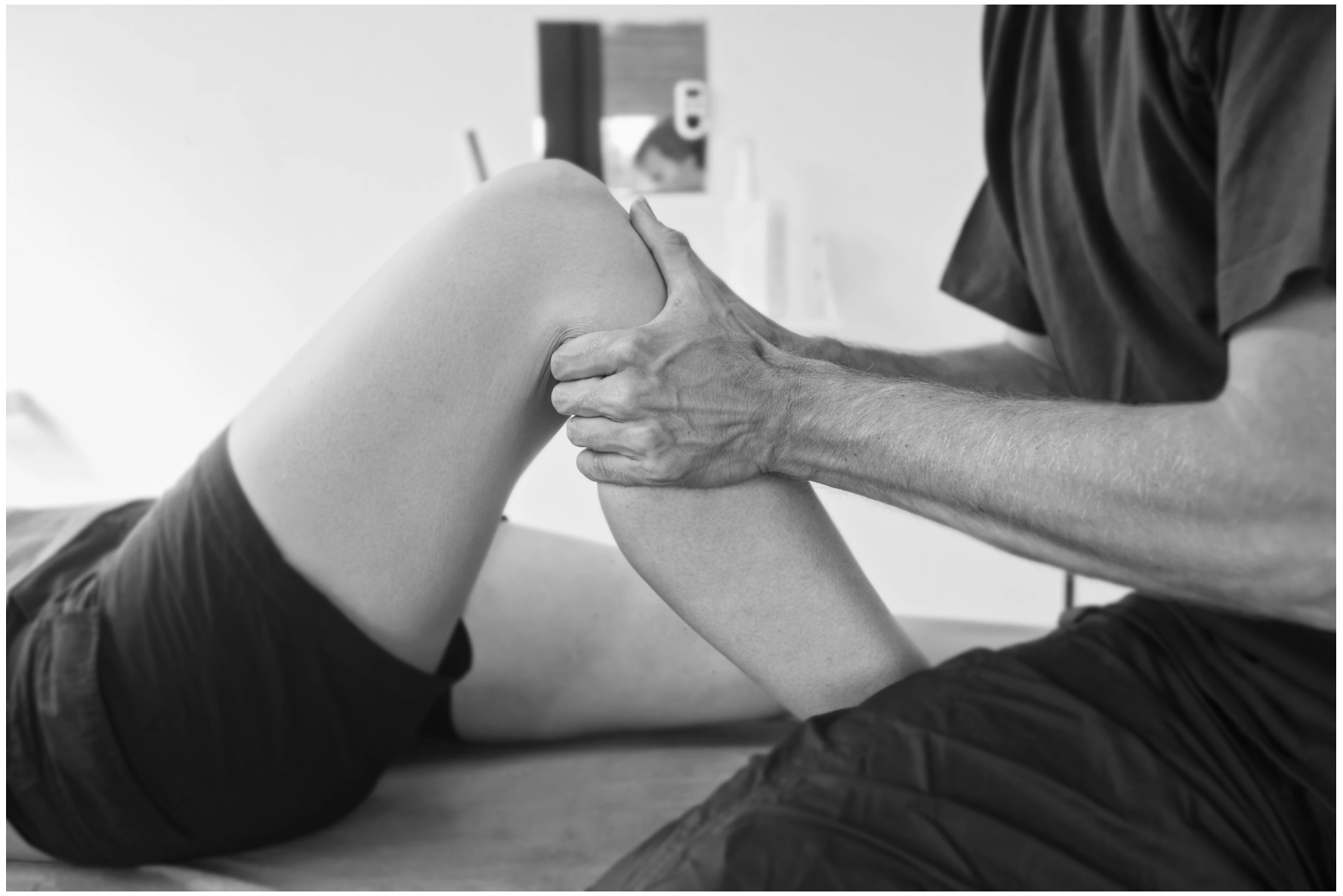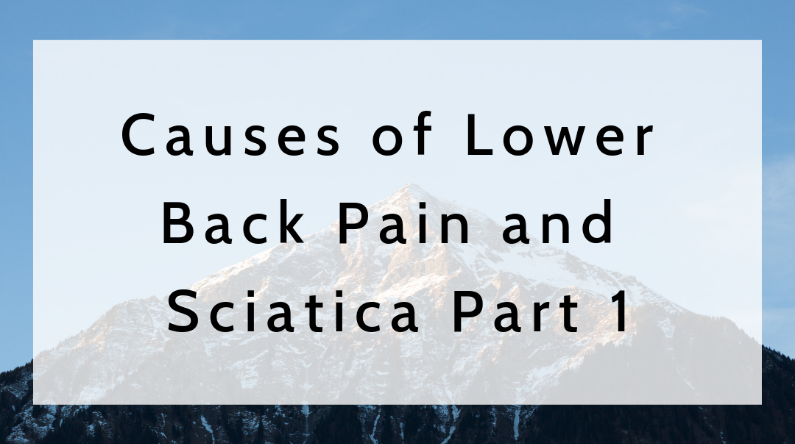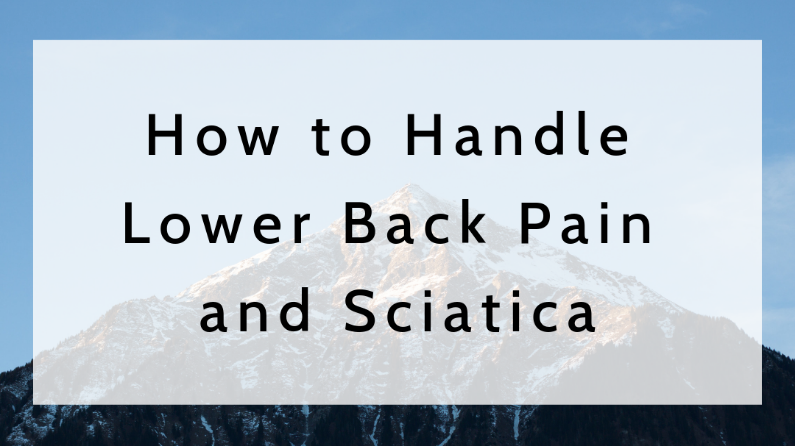Know Your Pain: 4 Common Causes of Knee Pain Part 2
Knee pain is one of the most frequent and limiting issues I’ve seen in my patients over my 10 year span as a health care practitioner. So let’s explore a few common causes of knee pain.
The feeling can be described as sharp shooting, stiffness, swelling and warmth. Along with these symptoms there might be difficulty standing, walking or even going up and down steps or Stairs.
Depending on level of activity they might not be able to walk, work, exercise, play sports or even perform simple tasks which were not problem before. The discomfort can be described as excruciating at times. The first step to treating your knee pain is to determine the cause.
In order to grasp a full understanding of your pain, we must gather some background information. It’s critical to understand the root of knee pain and not just treat the symptoms.
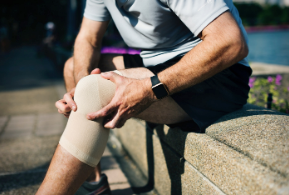
Vital information includes:
- Is it a recent or longstanding pain?
- How long have you had the pain?
- Has the pain been constant or progressively worsening?
Your Patient history is very important. Sometimes you might have an incident occur, that you consider insignificant, but could be a vital clue to pinpointing the best course of action towards treatment.
- Has there been a previous injury to the knee?
- What interventions were performed to recover from that injury?
- Have you had any procedures for the knee or any other joint on that extremity (ankle, hip etc.)
- What is your daily lifestyle/routine, activities including work, sports, hobbies etc.
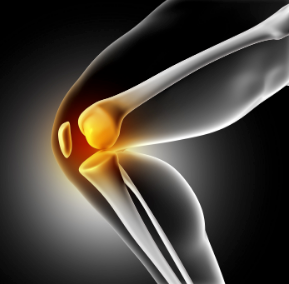
True understanding of the knee pain require comprehension of all involved components.
Typical causes of knee pain include:
Arthritis
Ligament/Joint or Structural Injury
Tendonitis
Movement Dysfunction.
In this post we’re going to discuss tendonitis and movement dysfunction.
Tendonitis
Tendonitis is defined as inflammation of a tendon, most commonly from overuse. It is typically the result of repetitive minor impact to the area in question or often times originates from a more sudden serious injury.
There is often no obvious cause for tendonitis, which is why an extensive dive into the patient’s history is beneficial. Many times a specific injury is identified as the catalyst.
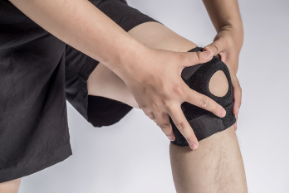
Signs and symptoms of tendonitis to the to the knee will include:
- Pain and tenderness to the touch
- Surrounding knee musculature including: Patella tendon, bicep femoris tendon, Pes anserine, Semimembranosis/tendinosis, Iliotibial band.
- Pain to the tendon with knee movement
- Limitations in knee movement as a result of pain and tightness to the area in question.
- In some cases pain with the initiation of active movements which decreases once the muscle and tendon is warmed up. Pain returns at rest.
Movements Dysfunction
Movement dysfunction or poor biomechanics of the knee is quite frequently the underlying reason for knee pain and injuries. Often traumatic injury movement dysfunction, or poor biomechanics can be addressed if diagnosed quickly.
High level athletes use biomechanical analysis for enhancement of physical capabilities and to improve performance, which ultimately translates to a better athlete.

The benefits of this is tenfold to all patients, not only professional athletes.
A good understanding of the control process specific to the knee and the contribution of the surrounding joints and muscles is fundamental in the cause of injury, as well as, the road to recovery.
Causes of this include:
- decreased proprioception or awareness of the limbs movements in a given space
- Slow motor unit activation and recruitment
- The progression of chronic pain
- Contributing factors involve flexibility or the lack of it as well as strength or weakness.
This post explored tendonitis and movement dysfunction as two of the most common causes of knee pain. If you missed part 1, where we discussed arthritis and ligament/joint or structural injury, you can find it here: Common Causes of Knee Pain Part 1.
As a reminder, if you think the pain you’re feeling may be tendonitis or movement dysfunction, be sure to check with your healthcare provider and consider starting a physical therapy regimen.
How a Physical Therapist Supports Marathon Runners
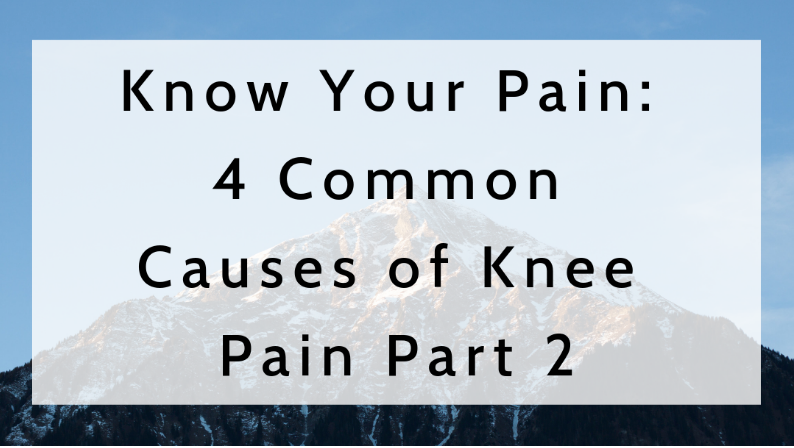
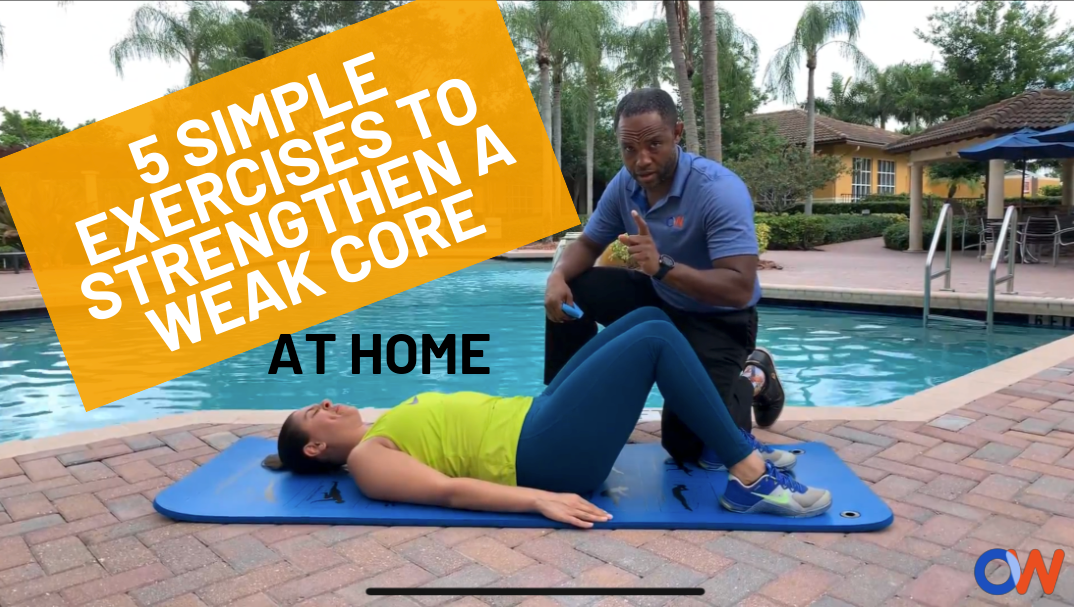

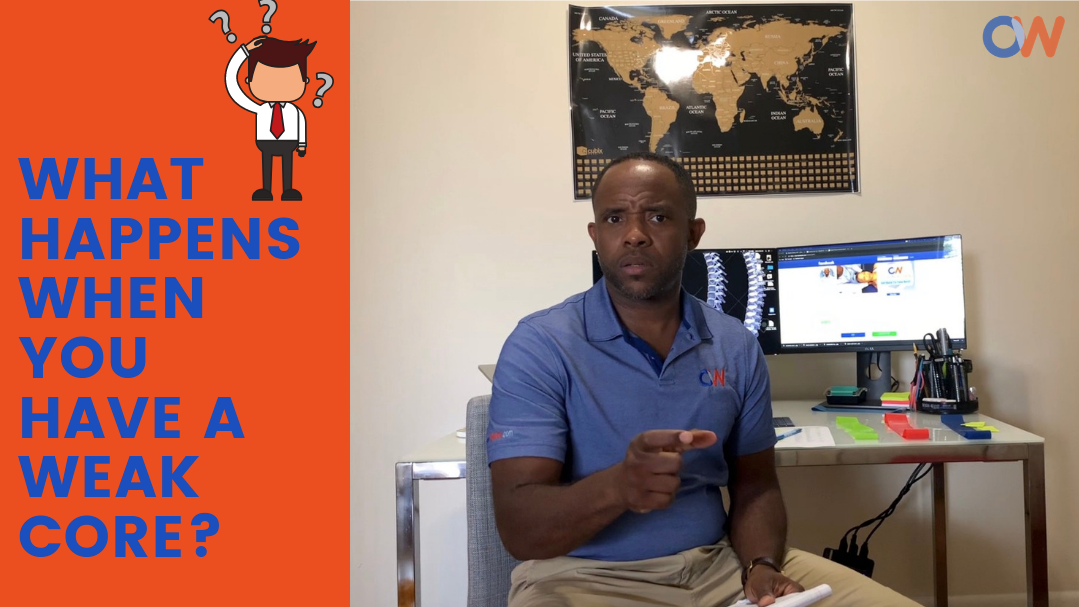
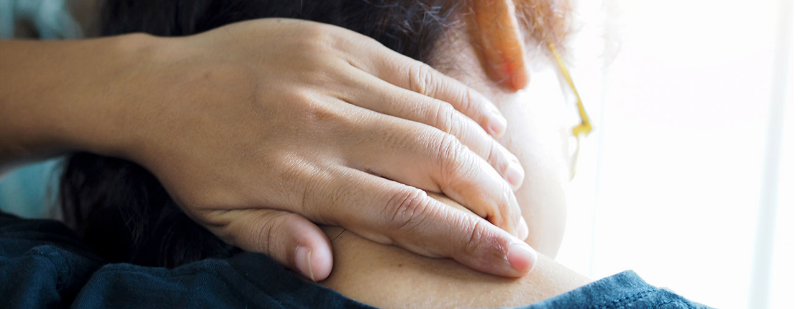

My goal is to enable you to live a pain-free life, with full mobility.
SERVICES
QUICK LINKS
All Rights Reserved | THERAPEUTIC PRESENCE INC | Created by Emily Swackhamer with ZING.work





